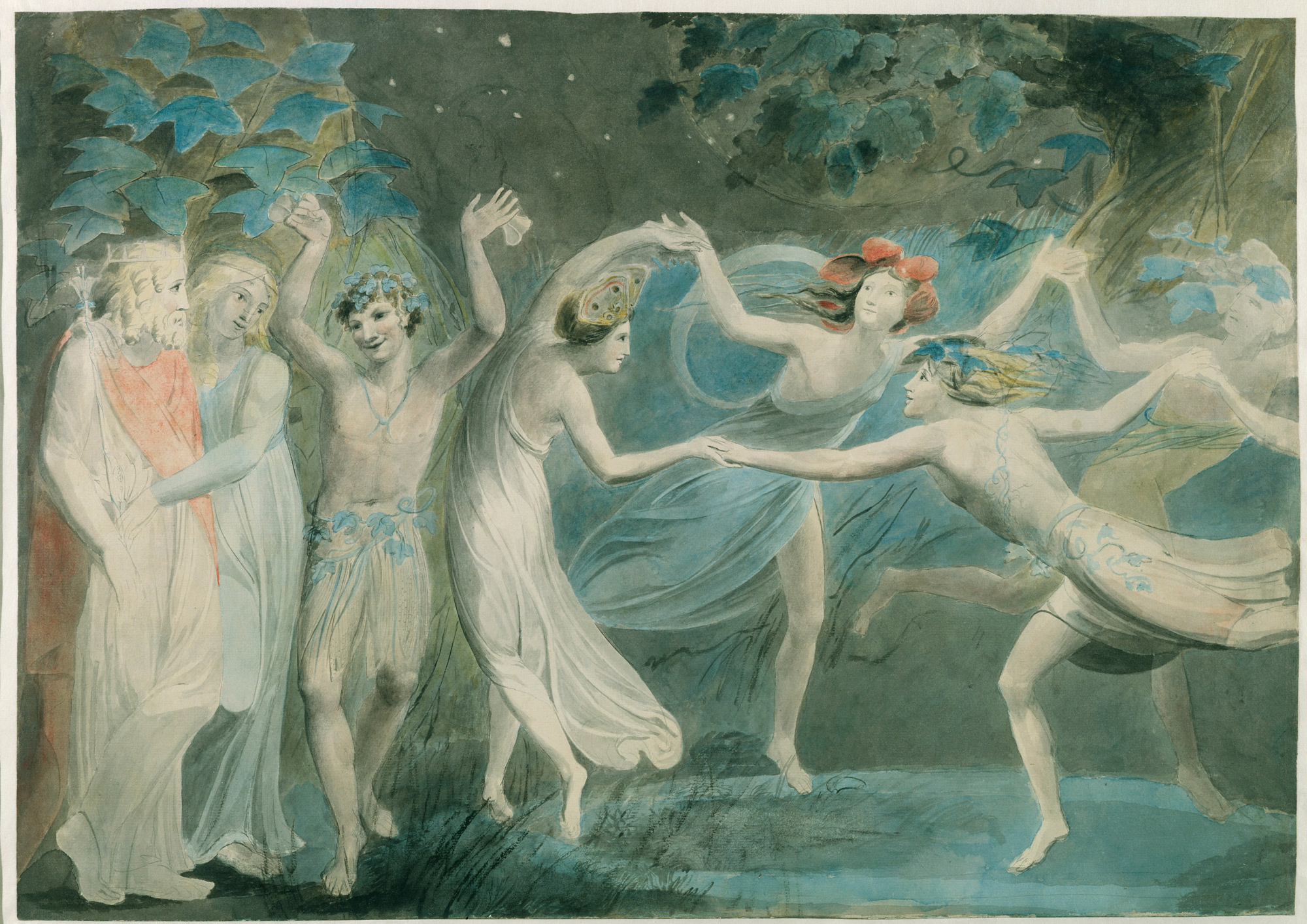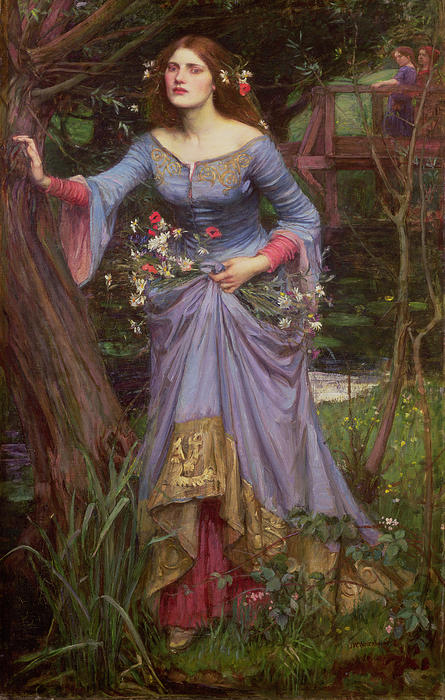| William Shakespeare | |
|---|---|
 The Chandos portrait, artist and authenticity unconfirmed. National Portrait Gallery, London. | |
| Born | Baptised 26 April 1564 (birth date unknown) Stratford-upon-Avon, Warwickshire, England |
| Died | 23 April 1616 (aged 52) Stratford-upon-Avon, Warwickshire, England |
| Occupation | Playwright, poet, actor |
| Literary movement | English Renaissance theatre |
| Spouse(s) | Anne Hathaway (m. 1582–1616) |
| Children | Susanna Hall Hamnet Shakespeare Judith Quiney |
| Relative(s) | John Shakespeare (father) Mary Shakespeare (mother) |
"All the world 's a stage, and all the men and women merely players. They have their exits and their entrances; And one man in his time plays many parts" - ( Quote Act II, Scene VII).
"Can one desire too much of a good thing?". As You Like It ( Quote Act IV, Sc. I).
"I like this place and willingly could waste my time in it" - ( Quote Act II, Scene IV).
"How bitter a thing it is to look into happiness through another man's eyes!" As You Like It ( Quote Act V, Sc. II).
"Blow, blow, thou winter wind! Thou art not so unkind as man's ingratitude". ( Quote Act II, Scene VII).
"True is it that we have seen better days". - ( Quote Act II, Scene VII).
"For ever and a day". As You Like It ( Quote Act IV, Sc. I).
"The fool doth think he is wise, but the wise man knows himself to be a fool". - ( Quote Act V, Scene I).







